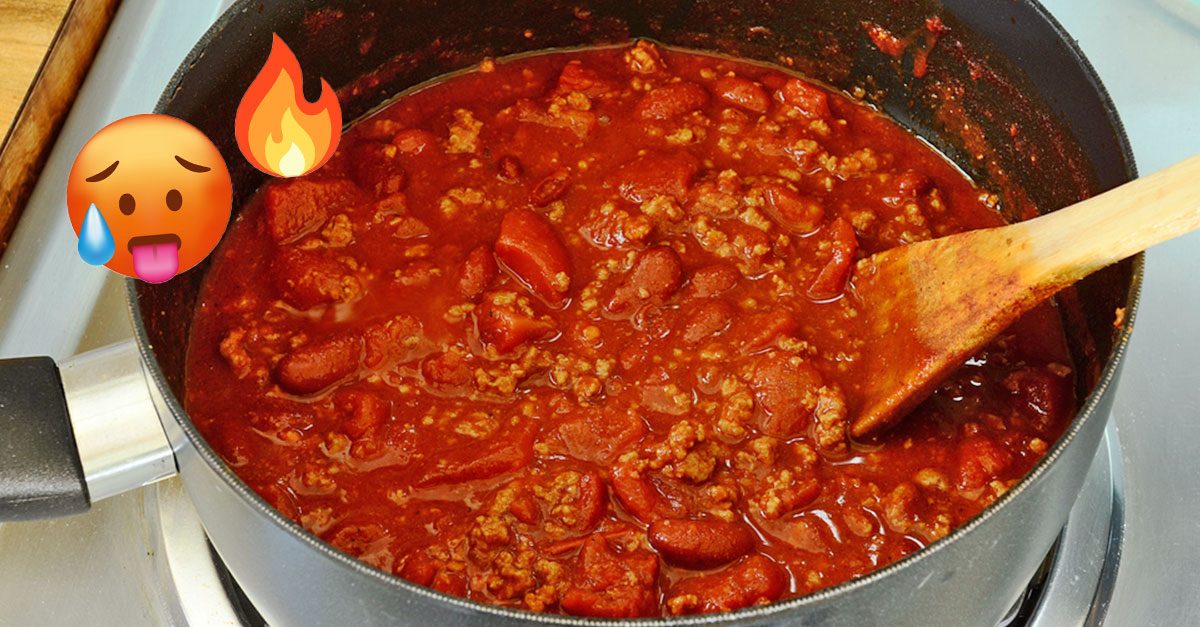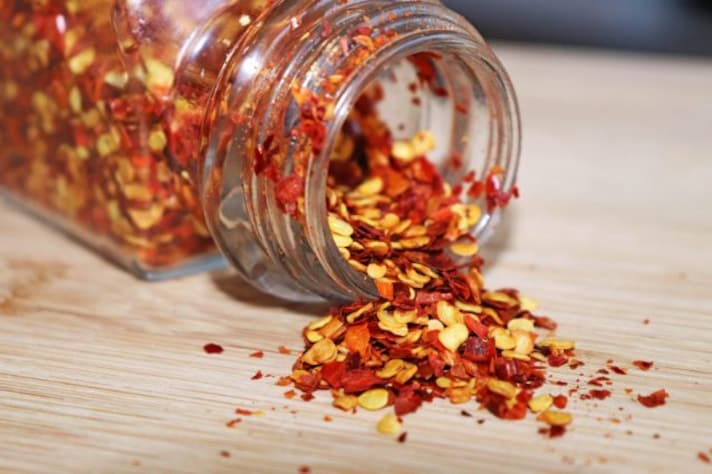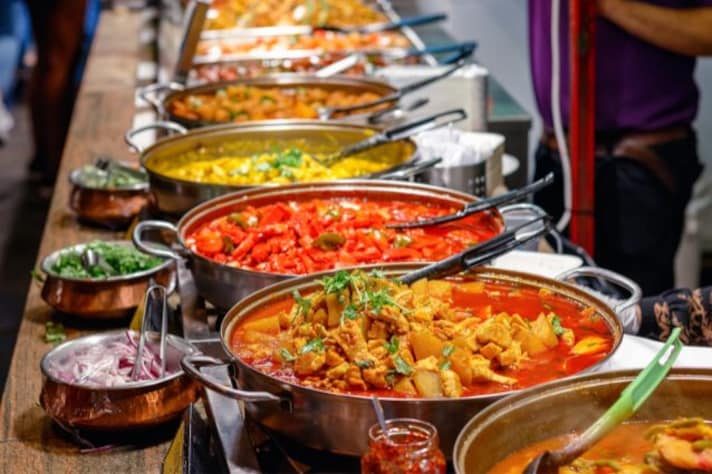Why Do Some People Crave the Burn of Spicy Food While Others Avoid It?
Spicy food is a source of both love and discomfort. Some people crave the burn, seeking the endorphin rush and thrill it brings, while others avoid it due to sensitivity or digestive discomfort. The reasons behind these preferences are rooted in genetics, tolerance, and cultural influences, making the spicy food debate more complex than it seems.
;Resize,width=742;)
Spicy food has a devoted following. For some, the thrill of the burn from a chili pepper or a dab of hot sauce is an essential part of dining. Yet, for others, just the thought of spicy food is enough to make them break into a sweat, even before taking a bite. So, what’s going on? Why do some people crave the heat, while others steer clear?
The answer lies in a complex mix of biology, culture, and personal experience. Let’s dive into the fascinating science behind spicy food cravings and explore why some people love the heat, while others can’t handle it.
The Science of Spicy Food: What Happens to Your Body?
When you eat something spicy, the compound capsaicin found in chili peppers stimulates the pain receptors in your mouth. These receptors send a signal to your brain, which interprets it as a burning sensation. Despite this, your body doesn’t actually experience any damage—it’s all about perception.
Interestingly, capsaicin can trigger the release of endorphins, your body’s natural painkillers. This causes a rush of pleasure, making you feel good after the initial burn. For some, this endorphin release becomes addictive, creating a craving for that "feel-good" burn.

Why Some People Crave Spicy Foods
For spice lovers, the burning sensation isn’t just something to endure—it’s something they actively seek. When you consume spicy foods, the pain signals can trigger a cascade of endorphins and dopamine, the same chemicals released during activities like exercise, laughing, or even eating chocolate. These "feel-good" chemicals may make people crave the heat and look forward to the spicy sensation.
1. Psychological and Cultural Factors
Culturally, spicy food can be tied to comfort, tradition, and social bonding. People who grow up in cultures where spicy food is a staple are more likely to develop a tolerance and even a craving for it over time. In countries like India, Mexico, and Thailand, spicy foods are integral to the cuisine, and those who are exposed to them early in life tend to develop a preference for the heat.
Additionally, many people associate spicy food with thrill-seeking or a sense of adventure. For those who love spicy food, it may be about pushing boundaries and experiencing intensity, similar to other adrenaline-boosting activities.
2. Tolerance Builds Over Time
One factor that explains the craving for spice is desensitization. Just like any other form of tolerance, eating spicy food regularly can cause your pain receptors to become less sensitive over time. This means that people who frequently eat spicy food are more likely to crave it, as their body has adapted to handle the heat more effectively.

Why Do Some People Avoid Spicy Food?
On the flip side, people who avoid spicy food often do so because the burn is simply too uncomfortable or painful. The key reason is that their pain receptors are more sensitive to capsaicin. This makes the experience of eating spicy food more intense and unpleasant for them.
1. Genetic Sensitivity to Spicy Foods
Not all people are born with the same tolerance to spice. Some individuals have more sensitive pain receptors, making them more susceptible to the burning sensation of capsaicin. In fact, genetic factors can play a significant role in determining how much pain or pleasure someone experiences when eating spicy food.
2. Digestive Sensitivity
Spicy foods can also trigger discomfort in the digestive system for some people. Individuals with gastritis, acid reflux, or sensitive stomachs may experience heartburn, nausea, or even stomach cramps after consuming spicy food. As a result, they may avoid it to prevent the discomfort or digestive upset that follows.
3. Childhood Exposure and Cultural Influences
People who were not raised with spicy foods may find it harder to tolerate the heat. If someone wasn’t exposed to spicy foods growing up, their body may not have developed the necessary tolerance. Additionally, in some cultures, spicy food is less common, leading to fewer opportunities to develop a preference for it.

Is There a Middle Ground?
For many people, the spicy food debate is not a black-and-white issue. Some can tolerate a mild level of spice but avoid the extreme heat found in certain dishes. In fact, there are mild spicy foods—like jalapeños or paprika—that can provide a bit of flavor without overwhelming the senses. These types of spices can enhance food without triggering the extreme sensations that make others uncomfortable.
If you’re someone who wants to try spicy foods but aren’t sure you can handle the burn, start small. Gradually increase the spice level in your meals, allowing your body to build a tolerance over time. Even a small dose of spice can lead to the endorphin rush that spice lovers crave, without overwhelming your system.
Final Verdict: Craving Spice or Avoiding It?
The desire for spicy food is deeply personal, driven by a combination of biological factors, cultural influences, and individual tolerance. While some people actively seek the burn for the endorphin rush and the sense of adventure it brings, others avoid it due to the discomfort it causes.
Ultimately, whether you crave the heat or can’t stand it, the spicy food experience is one that’s influenced by much more than just taste. It’s about biology, culture, and the thrill of the burn—all of which make spicy food a fascinating topic to explore.
;Resize,width=767;)

;Resize,width=712;)
;Resize,width=712;)
